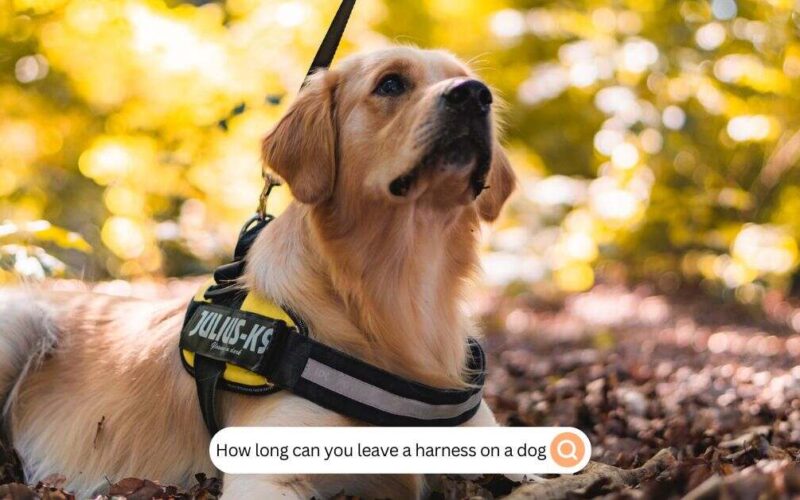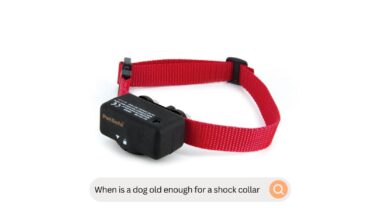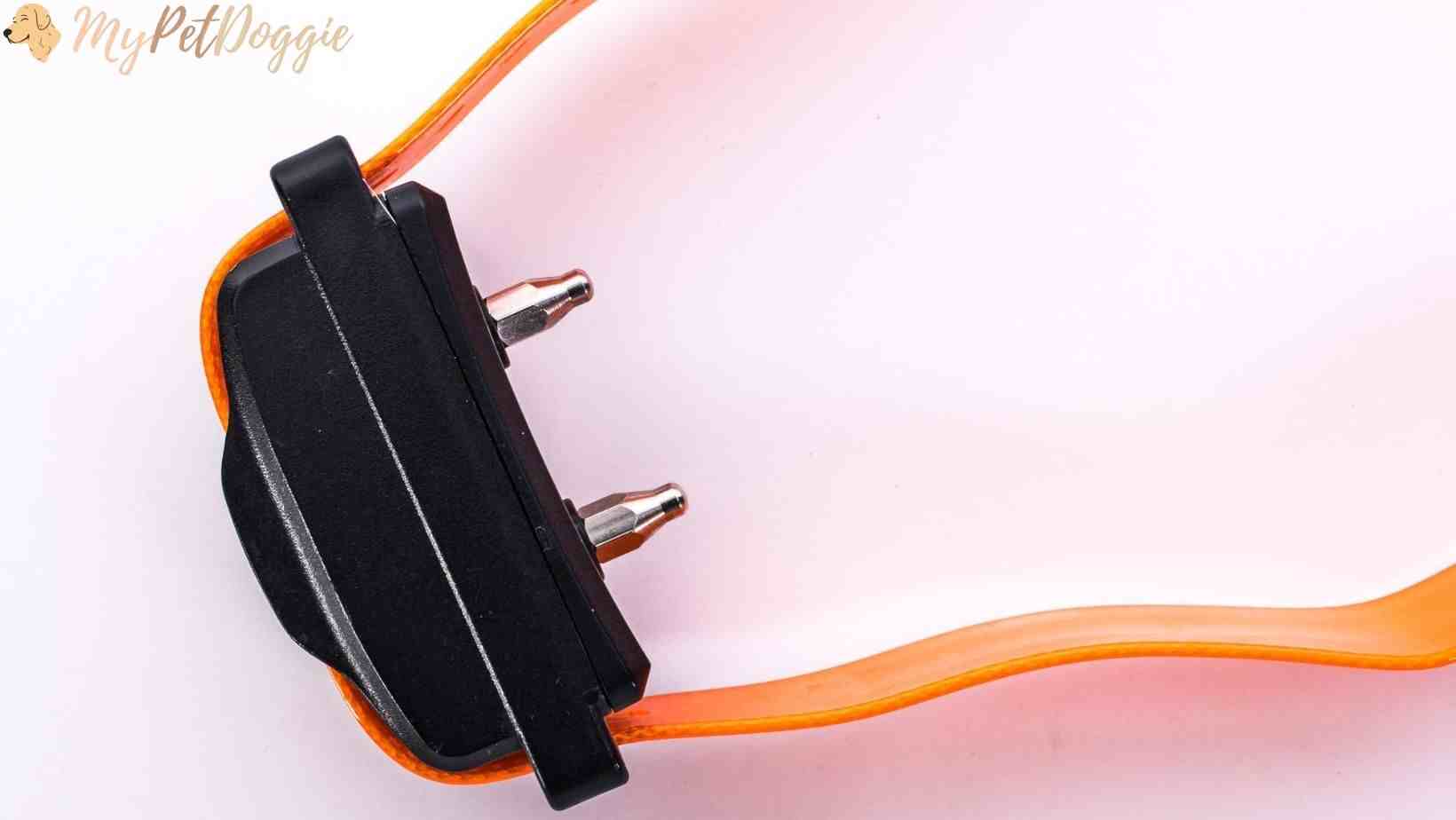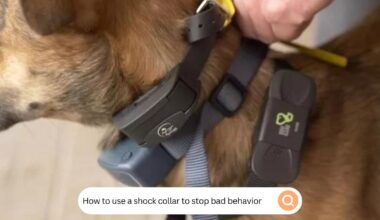About the Author: Nettie Finley, the Professional Dog Trainer at MyPetDoggie. Specializing in behavior rehabilitation, Nettie leads our team with her effective training techniques. As a certified canine behaviorist, she brings transformative change to challenging behavior cases. Her experience and expertise elevate our content, providing practical, insightful training advice for our readers. Also, she loves her Cavapoo!
One thing I have noticed in all dogs is their love for outdoor activities. To fulfill this wish of theirs, it’s important to stay geared up and always be ready to get moving. It helps a ton to have suitable equipment and I reckon the right harness is where you should start.
While collars are the most commonly used equipment for walking a dog, a harness helps distribute the pressure on the body from the leash more evenly across the body, which can be helpful if your dog tends to pull while on a walk or if you want to have more control over them during walks or other outdoor activities.
When talking about harnesses, we have got oodles of options to choose from. Harnesses come in multiple forms and different types. For example, step-in harnesses, back-clip harnesses, and front-clip harnesses, each with its own special benefits. It is important to consider and choose the right fit for your dog according to their breed and age so they can get their needs fulfilled and feel comfortable on walks otherwise they will hate to put it on.
How Long Can You Leave A Harness On A Dog?
As the usage suggests, you should use a harness when going out for a walk only. Leaving it on for extended periods can lead to chafing marks or discomfort. 5-6 hours is an ideal time to leave a harness on a dog.
However, Dr. Adriana Luis explained that even though it is the safer option to take the harness off from time to time, you can leave it on all day, as long as your dog feels comfortable in it and it is well-fitted.

For daily outings and walks, it is perfectly fine to keep the harness on for however long the duration of the activity is. But, once you are back home, it is a good idea to remove the harness to give your pup a break from it and allow their skin to breathe.
As for the potential drawbacks of keeping a harness on, it can cause skin irritation or discomfort, especially if it is a snug-fitting harness, which most of the harnesses are. It is also recommended to keep a regular check of the harness and make sure it is not too tight for your dog and does not cause rubbing or chafing.
Here are some more detailed reasons why it is suggested to not leave a harness on your dog for too long:
- Comfort: Dogs may start feeling rubbing or discomfort if a harness is left on for too long.
- Skin Health: Regularly taking off the harness prevents moisture buildup and allows for proper airflow reducing the potential risks of skin infections.
- Restricted movement: Dogs need to have the freedom to move without any equipment hindering their range of motion.
- Risk of injuries: Long-term use of a harness increases the risk of accidents or injuries, such as getting caught in objects when the leash gets tangled.
- Overheating: harnesses can easily trap heat, especially in the warmer days and it is not good for your dog as it can cause discomfort and uneasiness for them.
- Hygiene: Regularly putting off a harness helps keep it clean. It also helps in better grooming of the dog, and maintaining a healthy lifestyle for your dog.
- Mental well-being: Giving your dog mini breaks from wearing the harness helps them to relax and feel more at ease, promoting the betterment of their overall mental health.
A harness helps you have better control over your dog outdoors but it can cause severe problems if it is not taken off regularly to give your dog a break.
Dogs tend to feel more comfortable without the harness around other animals and humans so it is important to let them have that freedom of socializing from time to time.
A harness also prevents muscle development. Unrestricted movement without a harness allows dogs to develop their muscles naturally, strength, and coordination. Safety can be a major issue if the harness stays on for too long as the harness can get tangled and cause accidents.
Always keep in mind that leaving a harness on can be a different experience for every dog. Each dog is different and has their own capabilities and preferences. It is a good idea to observe your pup’s reaction to wearing the harness.
If you find any signs of discomfort or irritation, it’s best to remove the harness and consult with your veterinarian or a professional.
While harnesses are undoubtedly an awesome tool for walking your dog and outdoor activities, it is essential to give your canine friends some harness-free time when they are at home to avoid potential skin irritation or discomfort.
This will ensure their safety and well-being while still enjoying the benefits of a harness during your outdoor adventures together.
How Tight Should A Dog Harness Be?
When it comes to fitting a dog harness, you should make it snug but not too tight. The harness should fit comfortably around your dog’s body, allowing them to have the freedom to move in their range of motion freely while still providing security.

To get the right fit, start by adjusting the straps so that you can fit two fingers between the harness and your dog’s body. By doing this, you make sure that a proper balance stays between snugness and comfort. Also, ensure that the harness sits high on their chest and does not put pressure on their neck or throat.
Different types of harnesses have different fitting instructions so it is recommended to get the manufacturer’s instructions on how to adjust it. They can provide you with specific instructions to adjust the harness comfortably and safely on your dog.
Remember to keep a check on the adjustments and fix them if the weight or height of your dog has increased. This will ensure that the harness stays safe and comfortable for them.
It is also essential to find the perfect spot where the harness is tight enough to prevent slipping, but not so tight that it causes discomfort to the dog’s body and irritation to its sensitive skin. If it is too loose, your dog might be able to escape from it so you should take precautions and make it tight enough to have control over their movements.
Lastly, aim for a snug fit that does not cause any discomfort to your dog’s body to move freely but in the safe zone. Take the time you need to adjust the straps properly and for your preferred specific harness style, consult the manufacturer’s guidelines. Keep a regular check of the fit to make sure your canine friend stays safe and comfortable during your daily walks or adventures together.
Is A Harness Better Than A Collar?
A dog harness provides several advantages. It distributes pressure across the dog’s shoulders and chest area, reducing the risk of injury or strain on the neck or throat. This is especially useful for dogs with respiratory issues or neck injuries.

Dog collars, on the other hand, come with their own specific benefits. They are designed simply for quick walks or outings. Dog collars are crafted to be simple and convenient, making it easy to use them. Collars also provide a place to attach identification tags, so they can easily get identified in case they ever get lost. In addition to that, some collar designs can be helpful for training purposes, providing quick corrections and reinforcing borders and boundaries.
There are a lot of different types of harnesses and collars that you need to consider, each comes with its specific purpose and design to help you with specific tasks. It is important to consider all the types and designs to decide which one will be the perfect fit for your dog.
However, the decision of whether dog harness or dog collars are better for your dog depends on your dog’s breed, size, and specific individual needs. It is best to consult a veterinary professional to help you in making the decision. Generally, dog owners have started to prefer harnesses as they provide the required protection, control, and comfort.
Further, are you also curious about the most common question “Is it easier to leash trains with a harness?” Woof, you bet it is! Using a harness for leash training can make a world of difference. Let’s dig deeper into this!
Is It Easier To Leash Trains With A Harness?
Leash training is an integral part of a dog’s development and safety. When it comes to choosing the right equipment for training sessions, many dog owners are concerned if a harness is easier to use than a collar, the answer is yes! The harness provides multiple benefits that make training a breeze. ‘

One of the main advantages of a harness is that it distributes pressure across your dog’s body evenly making it more comfortable and safe to use, unlike collars which put strain on the neck and throat.
Harnesses provide any potential injury or discomfort making it a suitable option for dogs especially if they are prone to pulling during walks or outdoor activities.
Harnesses also offer better control during walks. When using a harness, you have more leverage and can guide your dog’s movements more efficiently. This is specifically helpful when you are teaching them the basic manners of walking and training them to walk more politely on a leash.
The added control helps diminish the chances of pulling and redirecting their attention when needed.
Another benefit of a harness is that it discourages the pulling behavior. When a dog pulls on a collar, it can make it a habit that is hard to break.
However, with a harness, the pressure is evenly distributed across the body, making it less likely for your dog to pull. This encourages them to walk calmly by your side, investing in learning better leash manners.
In the end, using a harness for leash training is a smart and recommended choice. It provides support, comfort, and control, and helps discourage the pulling behavior. Remember to choose a harness that fits your dog’s personal preferences and body size to ensure that they enjoy their walking experiences.
Common Question:
Is it OK to leave a harness on a puppy all day?
Letting a harness be on a puppy all day is not suggested. Puppies need time to rest and should get breaks from wearing any kind of gear. It is best to supervise them while they are wearing a harness and remove it when they are resting or unsupervised. Keep in mind, safety first, buddy!
At what age can a puppy wear a harness?
You can start putting a harness on your puppy as early as 8 weeks old. It is essential to choose a harness that has adjustable straps and secure buckles to ensure that it fits properly and gives the required comfort and safety to your growing pup.
Are dog harnesses comfortable?
Yes, absolutely! Dog harnesses are specially designed with comfort in mind. They distribute the force evenly across your dog’s body, reducing strain on their neck and throat. Look for harnesses with padding and adjustable straps for a snug fit if you are looking for an extra comfortable harness.
Dog harnesses are designed to be super comfortable for our furry pals. They are mostly made with soft and padded materials to prevent any discomfort or skin irritation.
Harnesses also disperse the pressure evenly across the dog’s body, which makes it more comfortable for them compared to traditional collars. So, you can rest assured that your pup will be comfortable and happy in their harness. Not only are dog harnesses comfortable but they also ensure their mental and physical well-being.
Can a harness injure a dog?
When used correctly, a harness will not injure a dog. It is important to choose the right size and fit, avoid rigid pulling, and keep a regular check for any signs of discomfort or rubbing. If you notice any problems, adjust or replace the harness as needed.
How can I see my dog in the dark?
To be able to see your dog in the dark, you can use a reflective or LED collar, leash, or harness. These accessories come with reflective materials or built-in lights that make your dog’s presence more visible in low-light situations. It is a great way to keep your canine companion safe during nighttime walks or if the electricity ever goes off.
Summary:
Let’s summarize all the awesome information we have discussed. When it comes to harnesses, it is not recommended to leave them on your puppy for extended periods of time. Puppies or even dogs need rest from wearing any equipment.
The potential drawbacks of keeping a harness on your dog for extended periods of time are skin irritation and discomfort if it is not properly fitted. If you have just introduced the harness to your dog and they are not used to it, the harness may restrict their range of mobility and cause them to stay restless. That is why it is important to give your furry pal a good break from wearing any gear.
Make sure to get a comfy and adjustable harness so that your dog feels safe and comfortable with the harness on for however long the outdoor activity is. Dog harnesses are designed to be super comfortable with even distribution and adjustable straps which makes them a perfect option to use during training sessions.
If you have yet to decide between collars and harnesses, consider your dog’s breed and size to ensure you get your hands on the most suitable option for them. Harnesses have become more popular in these times because of their benefits.






